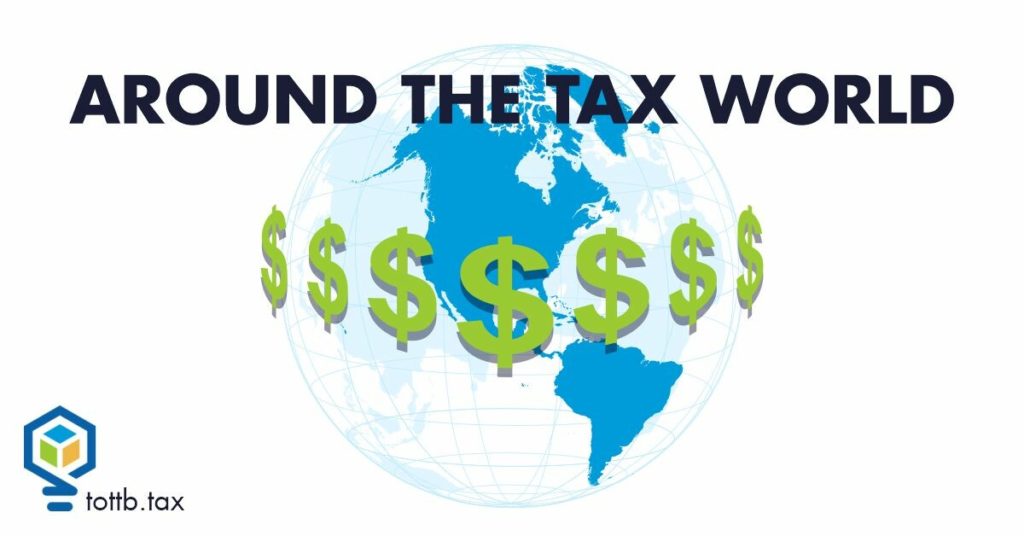For higher-income taxpayers, Social Security taxes could increase due to the rising wage ceiling. For most employees, half of the Social Security tax (or 6.2% of your wages) is automatically withheld from your paycheck. The other half (another 6.2%) is paid by employers. Those who are self-employed must pay the full 12.4% tax themselves.
Social Security tax also has a “wage ceiling,” which differs year by year depending on… inflation. Once an employee earns above the wage ceiling amount, no additional taxes are withheld or contributed by the employer for Social Security. For 2022, the wage ceiling is $147,000, which means that the most a person can pay in Social Security tax is $18,228 (12.4% of $147,000).
However, the wage ceiling is projected to increase in 2023 to $155,100. In 2024, that number is expected to rise to $165,300. The actual increases could end up being even higher depending on inflation. Estimates also indicate that monthly Social Security benefits for current retirees could rise by 10.5% in 2023 or by about $175 per payment, and yet many are concerned that this will not be enough to meet seniors’ living costs, especially rising health care expenses.
Roth IRAs can provide tax savings for retirement portfolios affected by dips in the stock market. Converting traditional retirement account assets to a Roth IRA gives you more control over the timing and amount of taxation on these funds. When you make the transfer, you will pay ordinary income tax rates on the amount converted, but after that, your assets will not be taxed again regardless of how much they grow, which can prove lucrative over the long run.
Financial experts suggest that retirement account holders make the conversion when the market is down, since your assets are currently worth less and therefore you will pay less in taxes. On the other hand, when the market goes back up, your assets will be sitting in that Roth IRA and growing tax-free.
Investors should also consider that taxes may rise in the future as laws change, so paying taxes now may be the more strategic move. Notably, the Tax Cuts and Jobs Act may expire in 2025, which would mean that tax rates would return to their 2017 levels: the 12% tax rate will rise to 15%, the 22% rate will return to 25%, and the 24% rate will go up to 28%.





